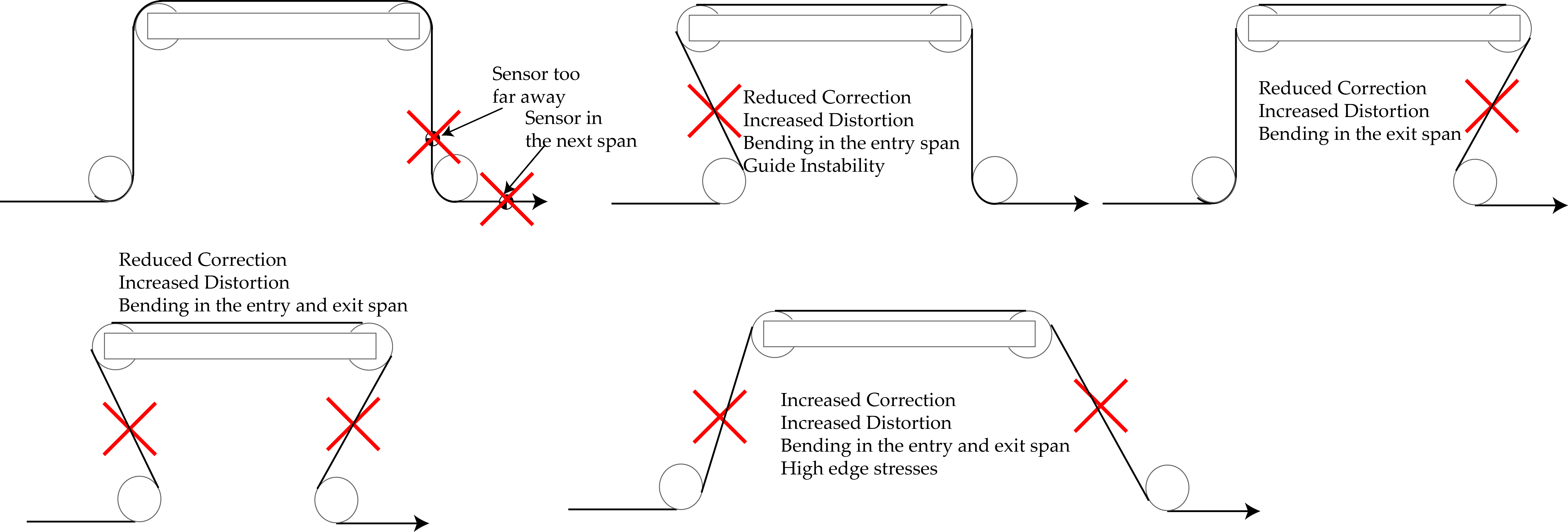Web guiding is that component of a converting line that no one thinks about until it affects the converting operation.
In some cases, we believe that a problem in a converting line is due to guiding issues when it really isn't. That is why it is important to understand web guiding, and why we invest time in creating this series in web guiding fundamentals. First, the best way to prevent issues with web guiding is to understand how it works, how to best select and install a system, and what we should consider when trouble shooting. We want to take web guiding from an obscure part of the converting process into a feature that operators, technicians and process managers feel comfortable with.
This blog post on web guiding fundamentals is that last blog on this series. It is not the last blog post on web guiding and web detection and monitoring as we will continue to post pieces that will be valuable in understanding this area of web handling. You can always contact us if you have a particular web handling concern that in which you require some help.
So, here is a summary of the web guiding fundamental posts during these past few weeks:
- There is no perfect system in converting. That is why web guiding is necessary. Webs, machines and processes are not perfect, therefore, expect the web to divert from the ideal location at any moment.
- The normal entry rule applies to any converting process that has webs going through rollers. Any deviation in the roller alignment will make the web move. Remember, webs seek to align perpendicular to the roller axis.
- Web guiding systems require the feedback from the web edge or contrast sensor. A sensor that is several spans away from the exit roller of a web guide is worthless. So, you need to place the sensor as close as possible to the exit roller on the exit span of the web guiding system.
- The same goes to web guide location on the converting process. The web guide needs to be as close as possible to the critical process in the converting line that requires an aligned web.
- Loss of traction, also interpreted as loss of tension, will result in poor guiding performance. The reason, low traction will cause the web to slip over the roller face on the web guiding system
- Proper installation of web guides will lead to good guiding performance. In general, install the web guide as close as possible to the critical process where the web needs to be aligned, have the sensor located in the exiting span as close as possible to the exit roller of the web guide, make sure the entry and exit spans have the proper distance based on the width of the web.

- Improper installation can result in edge stresses and web instability
- Guiding performance depends on sensor, actuator and controller capability
We hope his information helps you with better understanding of web guiding. We will soon start the series on advanced web guiding applications and concepts.
